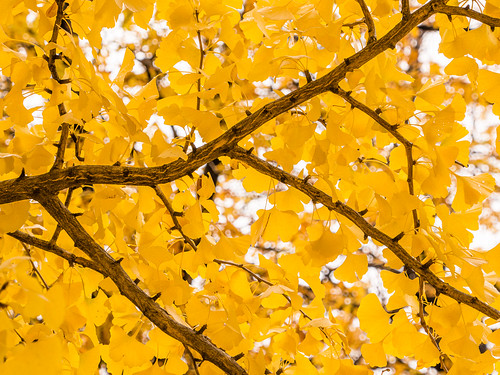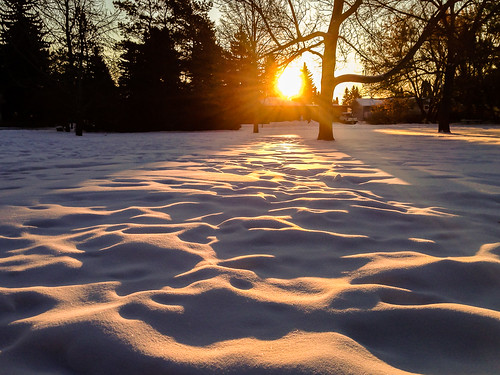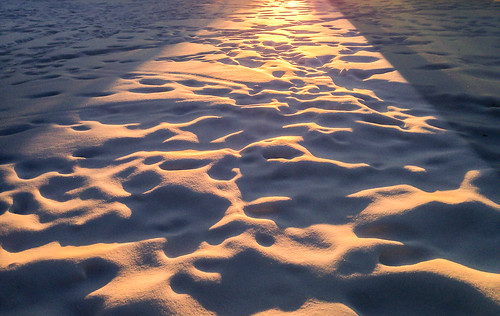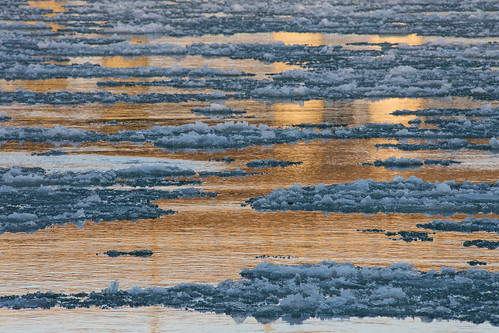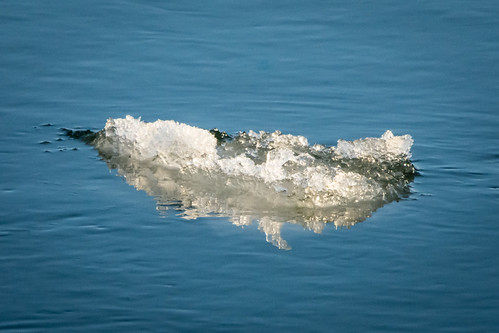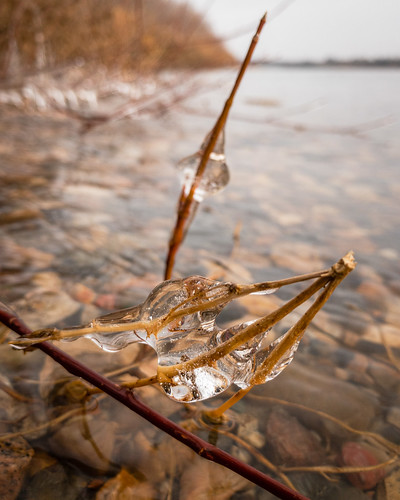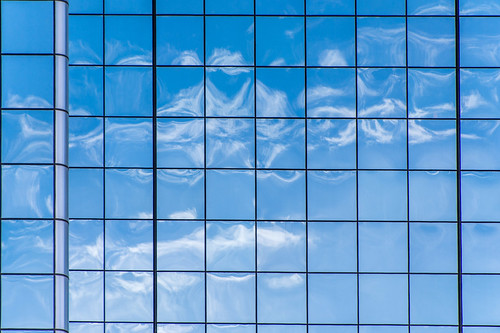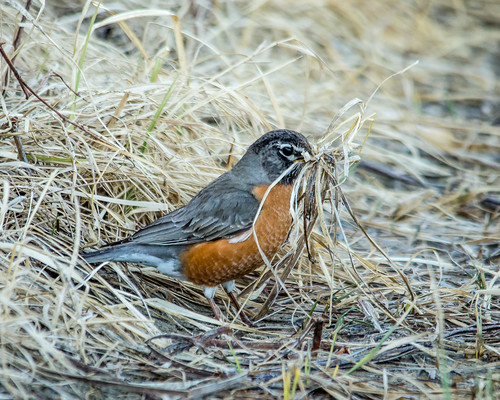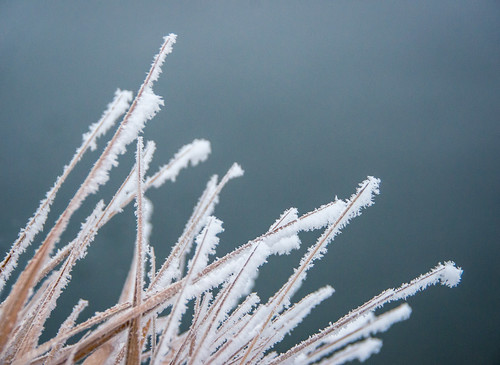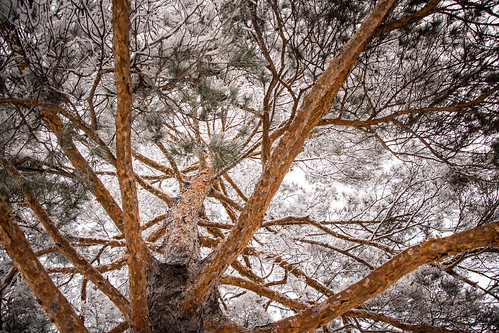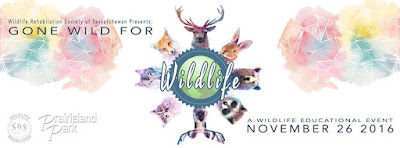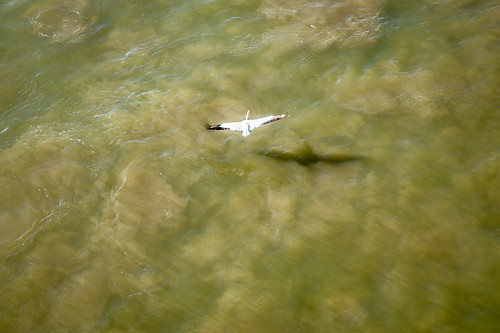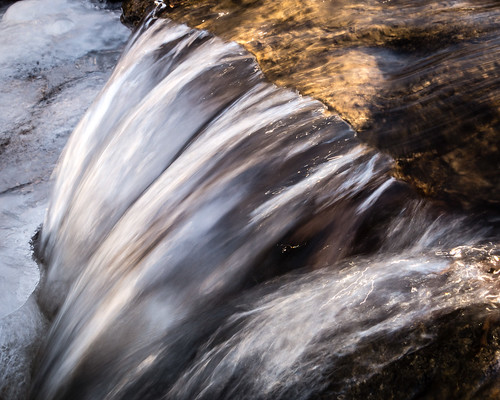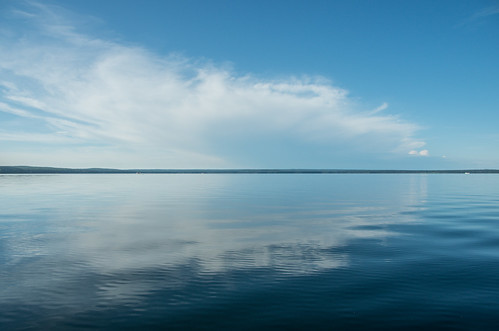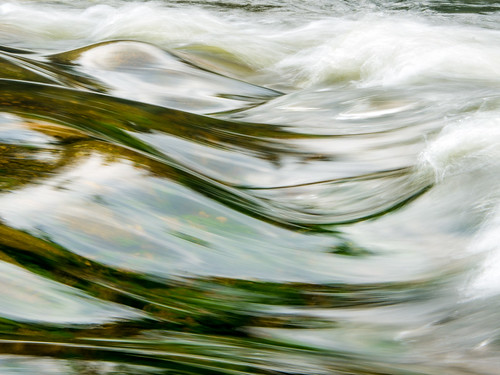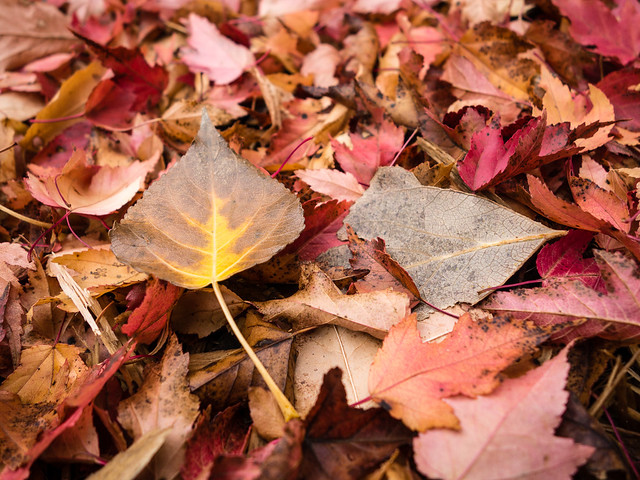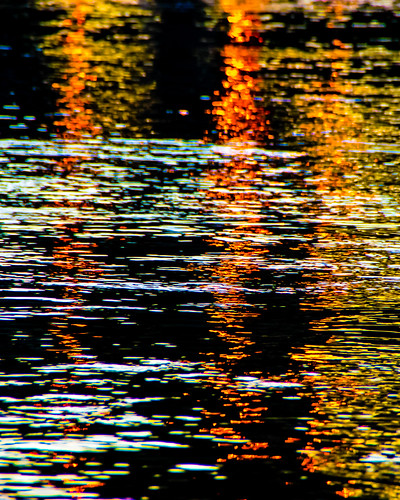The Husky Oil spill made many people in Saskatchewan aware of water vulnerability in our province.
Hayley Carlson, a Master’s student in the
Johnson-Shoyama Graduate School of Public Policy, University of Saskatchewan, is studying the attitudes of different stakeholder groups to water management in the Saskatchewan River Basin.
Hayley began doing some preliminary research and immediately ran into a problem. Different people were telling completely different stories. Some expressed concern about water security. Others said there was no problem. It was time to dig a little deeper and see what she could discover.
Complex Water System
Saskatchewan is very fortunate. For the moment, we have enough water to meet most of our needs. However, that means the time for good planning is now – before, not after, we’re faced with water shortages.
The Saskatchewan River Basin provides water to Alberta, Saskatchewan, and Manitoba. The river travels through many different areas, from large cities to rural farms to northern forests. It provides water to 70% of Saskatchewan.
The water system’s complexity leads to a wide variety of challenges:
- Arid climate;
- Many different stakeholders with competing values, perspectives, and mandates: industry, agriculture, residential, wildlife and the natural environment;
- Diverse jurisdictional interests and trans-boundary management: federal, provincial, municipal, First Nations;
- Future uncertainty: population growth, economic development, climate change, and climate extremes; and
- Inadequacy of the current governance framework and tools to manage future changes.
Hayley’s research indicates that the agricultural sector accounts for 85% of the water withdrawn from the South Saskatchewan River Basin, while the municipal, industrial, and thermal sectors account for 8.7%, 1.8%, and 3% respectively. The water consumed from these withdrawals accounts for about 35% of average flow in an average year, but this percentage can increase or decrease depending on water supply. The majority of water is used by irrigation districts in Alberta, but in Saskatchewan the agriculture sector still withdraws the majority of water from the Saskatchewan portion of the Basin.
The World Wildlife Fund claims 70% of the natural flow is allocated in the South Saskatchewan River Basin, the highest amount on any Canadian river. Some researchers suggest that the status of the largest food-producing region in Canada has come at the expense of water security.
The
Prairie Adaptation Research Collaborative (PARC) is mandated to pursue climate change impacts and adaptation research in the Prairie provinces. They point out that Saskatchewan has one of the world’s most variable climates and has warmed at a faster rate than the global average. While their models indicate increased water flow in the near term, they also indicate a dramatic drop-off after 2050.
The impact of competing water interests are already being felt in the Saskatchewan River Delta, the largest inland freshwater delta in North America and a nationally significant wildlife area. The E.B. Campbell Dam has disrupted the seasonal water patterns, eliminating spring flooding, increasing winter flows, and decreasing surface water coverage. The Delta is becoming arid, with large fish kills near the dams and fewer moose.
Lack of a Shared Vision
Hayley began talking with and reading material produced by local stakeholders – industry, irrigation-based agriculture, Aboriginal groups, and environmentalists – to obtain a better understanding of how they viewed Saskatchewan’s water supply. It soon became clear that each group was telling a different story about Saskatchewan’s water, using different terminology to emphasize different facts, and measuring different things.
Irrigation Agriculture
Irrigation interest groups around Lake Diefenbaker are eager to expand irrigation infrastructure by 400%. Irrigation is very expensive and is only used by a small group of farmers growing specialty crops. Their calculations do not take into consideration possible changes in water supply due to climate change. In addition, they measure annual average usage rather than weekly or daily flow, which may mean water isn’t available when it’s most needed for production.
Industry
Industry maintains that the change caused by development is an illusion and, at the end of the day, you won’t notice any significant social or environmental change from industrial activity. They focus on how little water they actually consume, how much money they donate to conservation efforts, and how environmental regulation is ultimately in the hands of government. Industry fails to take into consideration how much water is cumulatively withdrawn, water quality when it is returned, and where it’s returned, which may be in a different location.
Aboriginal Groups
Seasonal fluctuations, as opposed to annual averages, are particularly important to Aboriginal groups, such as those living in or near the Saskatchewan Delta, as their traditional activities tend to depend on the ecosystem functions closely tied with seasonal changes. They claim human impact in the river basin has resulted in significant environmental degradation and an erosion of their ability to live a traditional lifestyle. First Nations reserves are often concerned about ensuring fresh drinking water for their residents. Aboriginal groups emphasize the importance of meaningful involvement in decision-making rather than cursory consultations.
Environmentalists
Like Aboriginal groups, environmentalists have concerns around water usage and availability in Saskatchewan. They assert the province is facing water security concerns, emphasizing emerging pressures from population growth, increased consumption, and climate change.
Environmentalists have tended to focus their concerns on industry. “I’d recommend addressing an equal attention to the big water users, such as irrigation agriculture, particularly in southern Alberta,” Hayley says. “Individual industrial projects need to be considered within the context of the bigger picture.”
Lateral Discussions Can Lead to Shared Vision
“People were all seeing completely different realities,” exclaims Hayley. “We assume we’re all looking at the same picture, but we’re not. It’s a fundamental human condition to believe that others are seeing and interpreting things the same way we do. We have to acknowledge that fact before we can start addressing water policy questions.”
There are competing values and priorities; however, adversity makes people uncomfortable, so we tend to avoid sitting down with all the stakeholders and holding a frank discussion about what we want in the future, what we’re prepared to give up, who’s involved in the discussion, and who are the winners and losers.
Policy analysts tend to view competing perspectives as nuisances, getting in the way of “objective” and “consensus-based” policy creation. Hayley disagrees. “Competing perspectives represent opportunities,” she says. “By listening to competing perspectives we can see what we’re missing and how we could work together in the face of emerging challenges.”
To avoid conflict, we rely on government to consult individually with each of the interested parties and use empirical methods to derive a policy solution. This method places a heavy burden of responsibility on government, leaves individual groups unaware of each other’s concerns, and does nothing to move stakeholders from policy positions that may be very different and often at odds with one another.
Hayley believes that lateral discussions involving all the different stakeholders would improve decision-making by ensuring that groups were aware of each other’s concerns. “People are more ready to negotiate a mutually beneficial solution once they’ve heard other people explain their perspective.” Hayley says.*
In addition, stakeholders need to have continuous access to policy-making with ongoing lateral discussions. “Situations evolve,” Hayley says. “You don’t want a policy that’s set in stone.” A shared vision becomes a foundation for evaluating and addressing the complexity and uncertainty of water security issues.
Accommodating Uncertainty
In
Getting Outside the Water Box: The Need for New Approaches to Water Planning and Policy, Patricia Gober states that
“Too much attention has been focused on reducing, clarifying, and representing climatic uncertainty and too little attention has been directed to building capacity to accommodate uncertainty and change. Given the limited ability to forecast the future climate, emphasis must shift to the human actors and social dynamics of water systems, including planning processes, work practices, operational rules, public attitudes, and stakeholder engagement.”
She goes on to say that decision-making under uncertainty strategies
“change the research and policy question from what is the most likely future to what kind of future do we want and what decisions do we need to make to get there. These questions are political, not scientific; they require participation from a very wide range of water stakeholders—from farmers, industries, and municipal water providers and customers to environmental groups and linked land and energy sectors. Engaging these diverse stakeholders in an iterative, long-term discussion about the future of water systems is essential for deciding how much risk of deficit we are willing to take and what sacrifices we are willing to make to mitigate this risk.”
It’s time we step up to the challenge, recognize the fundamental role water plays in our lives, and embrace the complexity of listening to different points of view.
See Also
South Saskatchewan River Watershed Stewards
Climate Change and Water in the South Saskatchewan River Basin, PARC (2007)
Saskatchewan’s Natural Capital in a Changing Climate: An Assessment of Impacts and Adaptation, PARC (2009)
Cumberland House Councillor Raises Alarm over the ‘Dying’ Saskatchewan River Delta, Saskatoon StarPhoenix (August 1, 2016)
Saskatchewan Adds New Secretary for Farm Irrigation, Canadian Cattlemen (August 23, 2016)
* In
Narrative Policy Analysis and the Integration of Public Involvement in Decision Making, Greg Hampton recounts the story of two communities with divergent opinions about the construction of a water treatment plant to improve water quality across the region. After listening to each other’s opinions, they were able to develop a new proposal which would address the needs of both communities.
